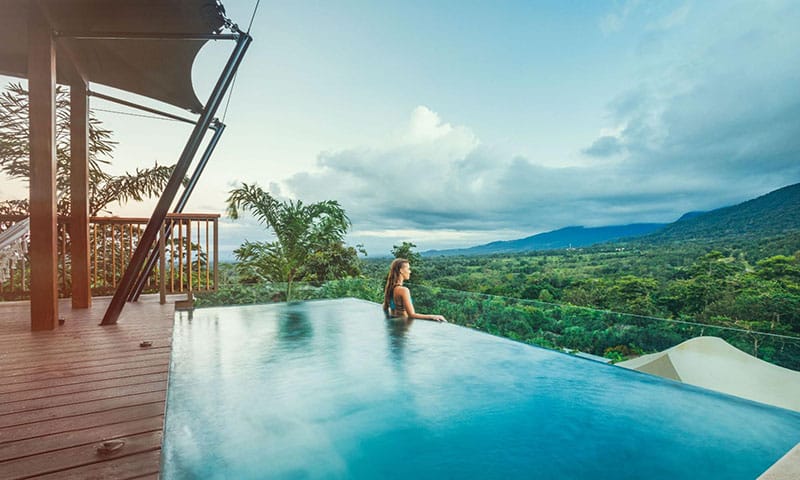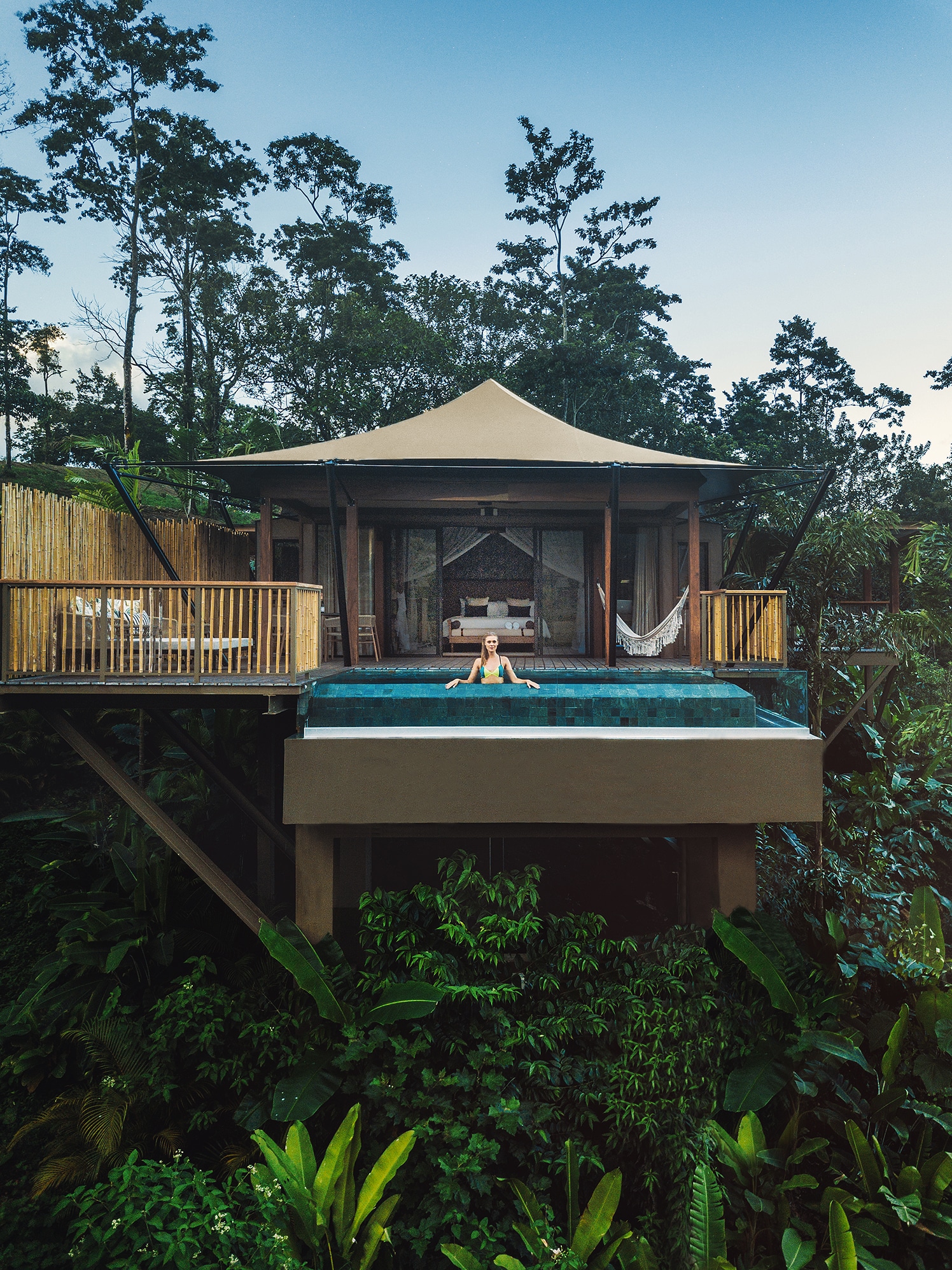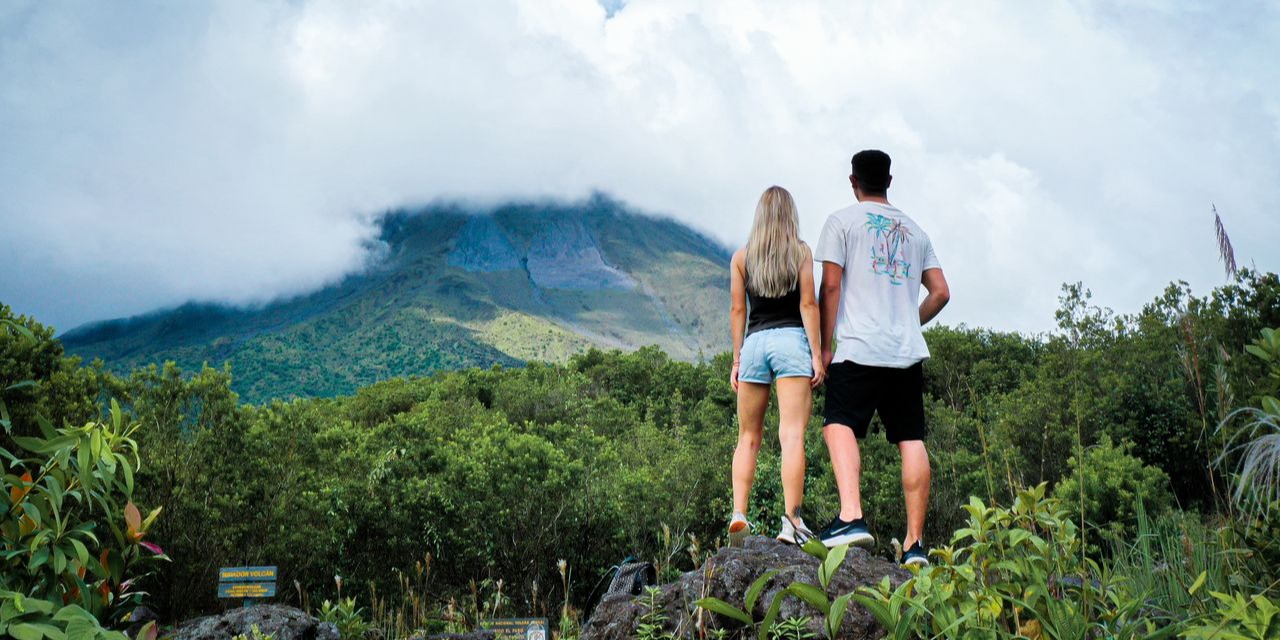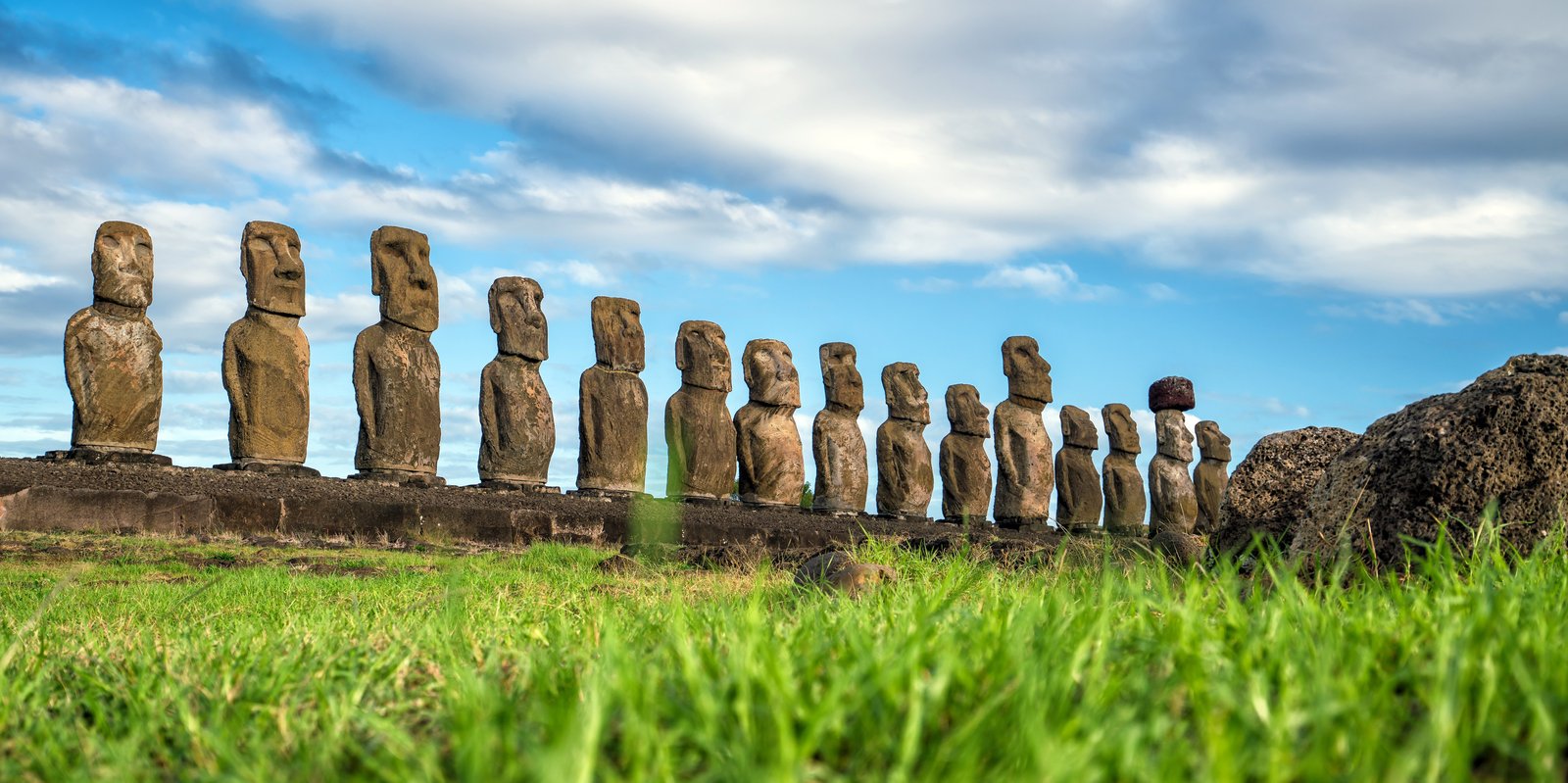
The Mystery of Easter Island
Nayara Hangaroa – a haven of luxury on Easter Island, known locally as Rapa Nui – is not your typical beach vacation spot. This remote location in the southeastern Pacific Ocean is steeped in mystery and shrouded in history, making it an ideal destination for the adventurous traveler who wants to explore the unknown.
The island’s captivating past begins with the arrival of Polynesian voyagers around AD 1200. These brave souls brought with them a rich cultural heritage and established a complex society complete with a robust religious system and impressive stone structures, including the famous moai statues that still stand today. But don’t be fooled by the stoic expressions on their faces – these stone giants have a story to tell.
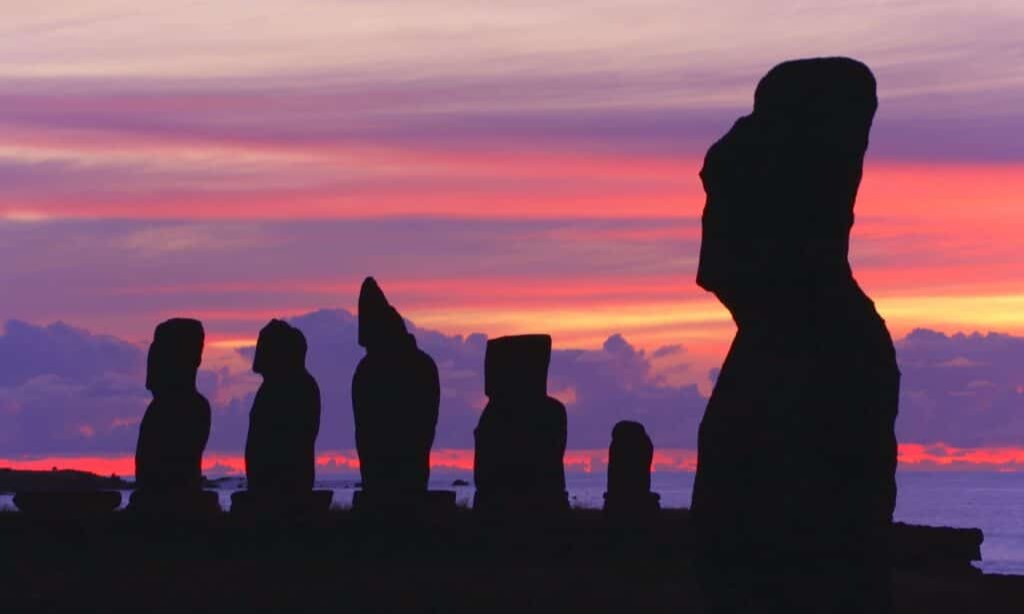
The creation of the moai statues was no small feat, requiring a massive amount of labor and resources. The workers first selected a suitable stone quarry and then set to work carving the statue out of the bedrock using stone chisels and hammers. Once complete, the statue was moved from the quarry to its intended location using ropes made from plant fibers. Transporting these massive statues, some of which weighed up to 75 tons, across the rugged terrain of Easter Island was a monumental task. Workers used a combination of rollers, levers, and ropes to move the statues and erect stone platforms, or ahus, to support them. The ahus were constructed using large stone slabs quarried from nearby sites. The workers then carved a hole in the ahu and placed the moai on top, using ropes to secure the statue in place.
The downfall of Easter Island’s society is a subject of much debate among scholars, with some attributing it to ecological collapse and others to social and political factors. Regardless of the cause, the lessons learned from Easter Island’s history are valuable reminders of the importance of sustainable resource management and cultural preservation. As we face our own environmental challenges, it is crucial that we learn from the mistakes of the past and take steps to protect our planet’s fragile ecosystem.
Easter Island is a fascinating case study of human history and its impact on the environment. Its unique geology, challenging ecology, and rich cultural history are just some of the reasons that have captured the imaginations of scholars and the general public alike. So why not embark on a journey to Nayara Hangaroa, where you can enjoy a complete selection of activities designed to immerse you in Rapa Nui culture and all the wonders of this mysterious land.


